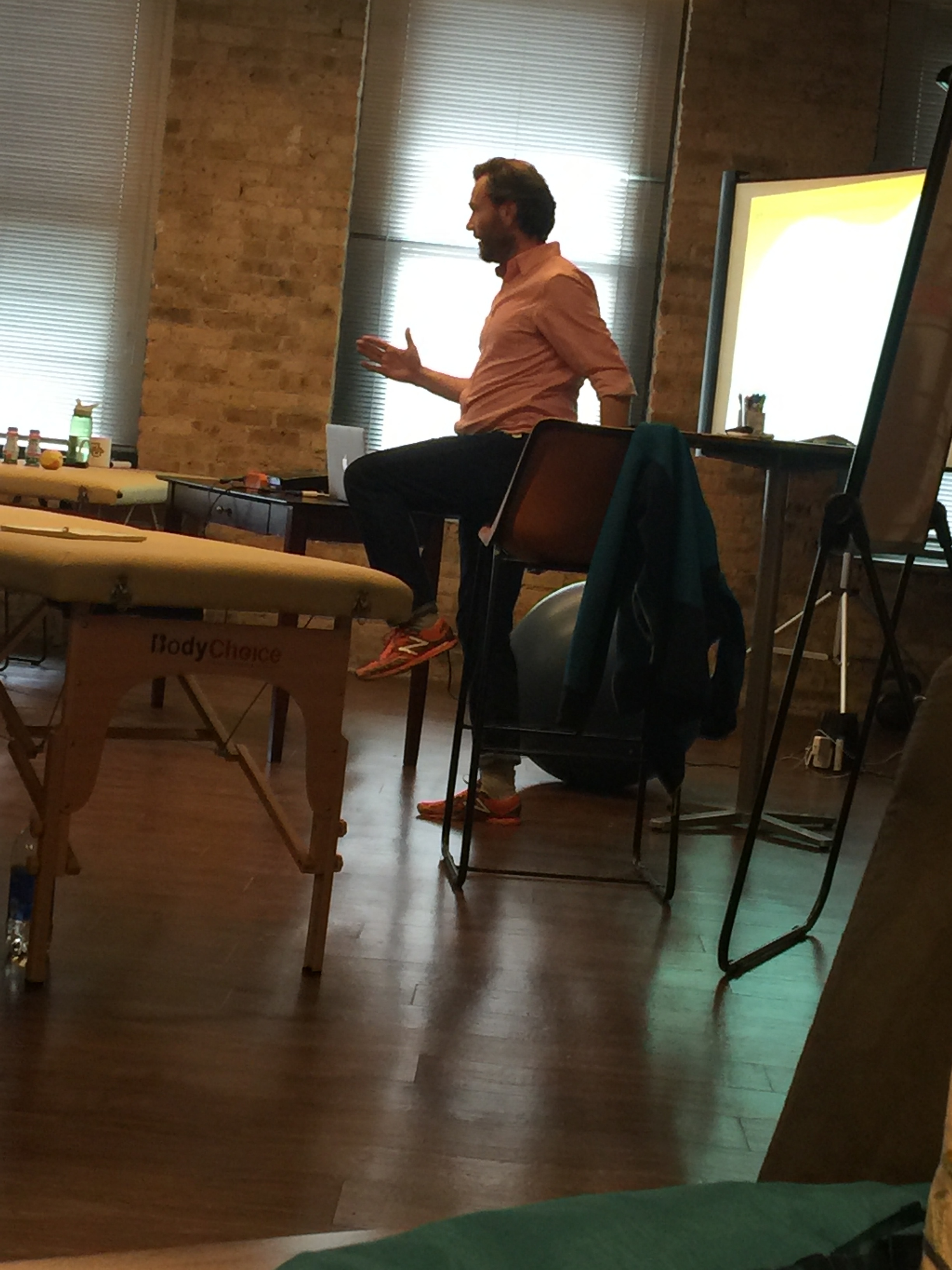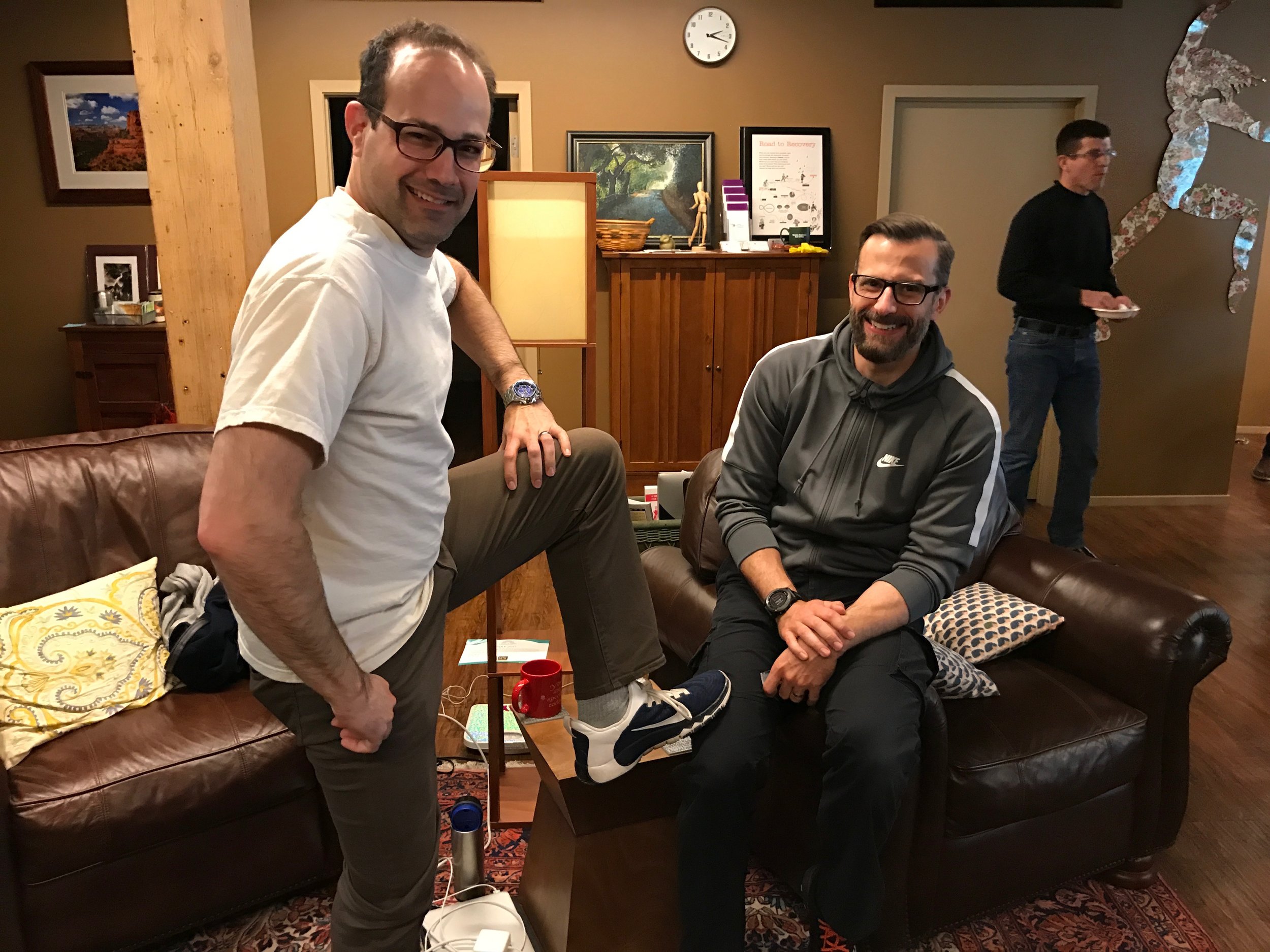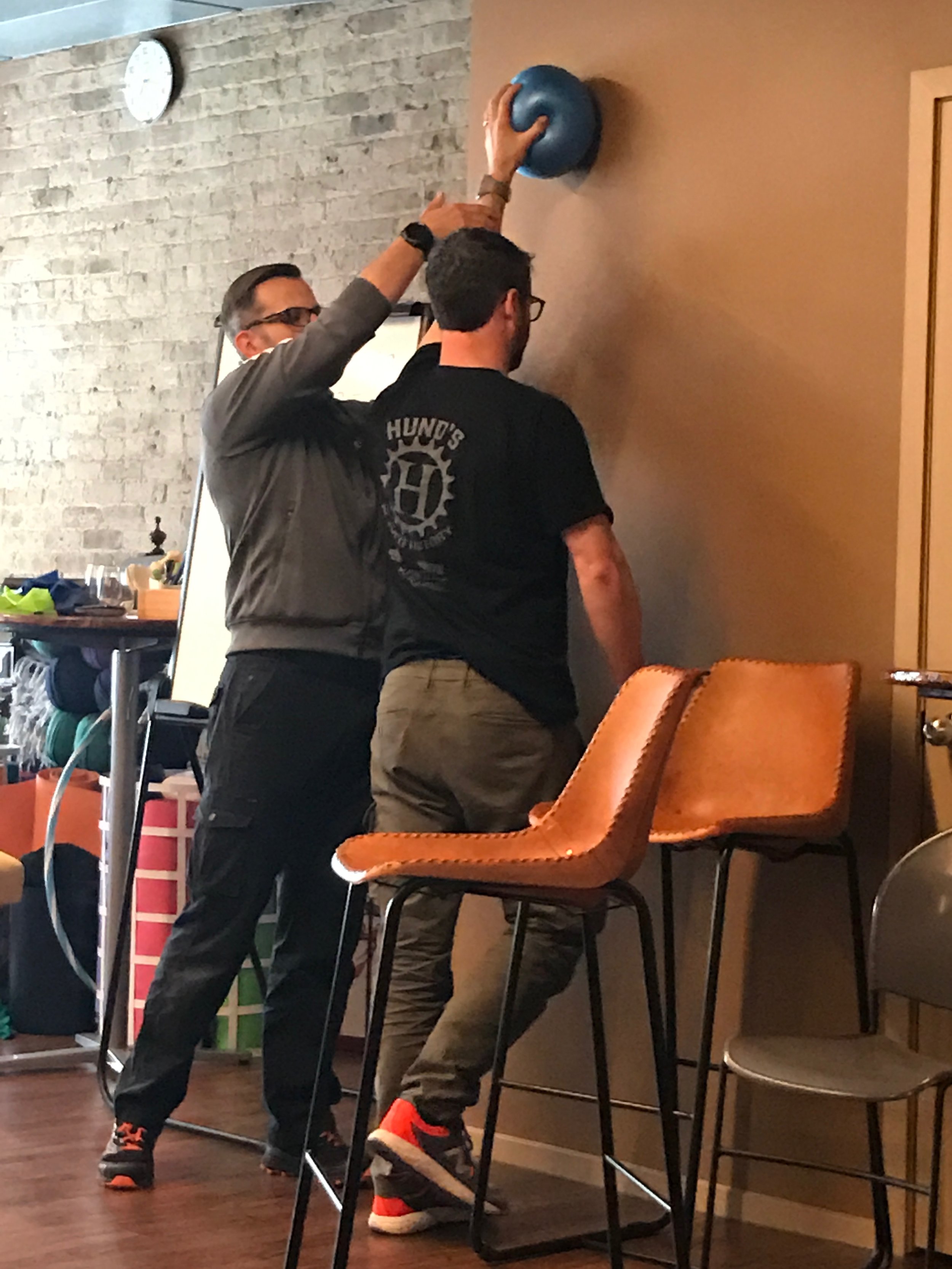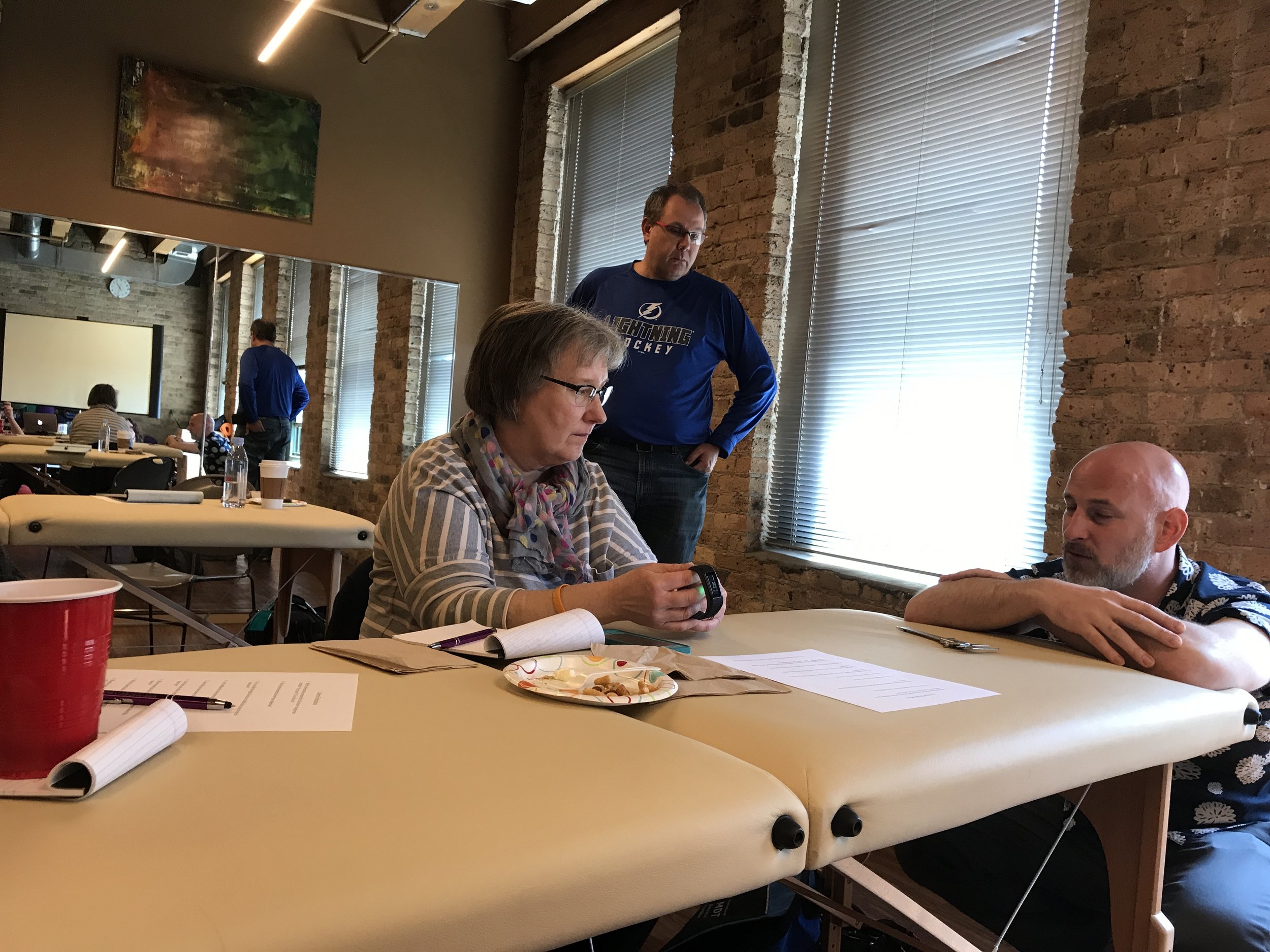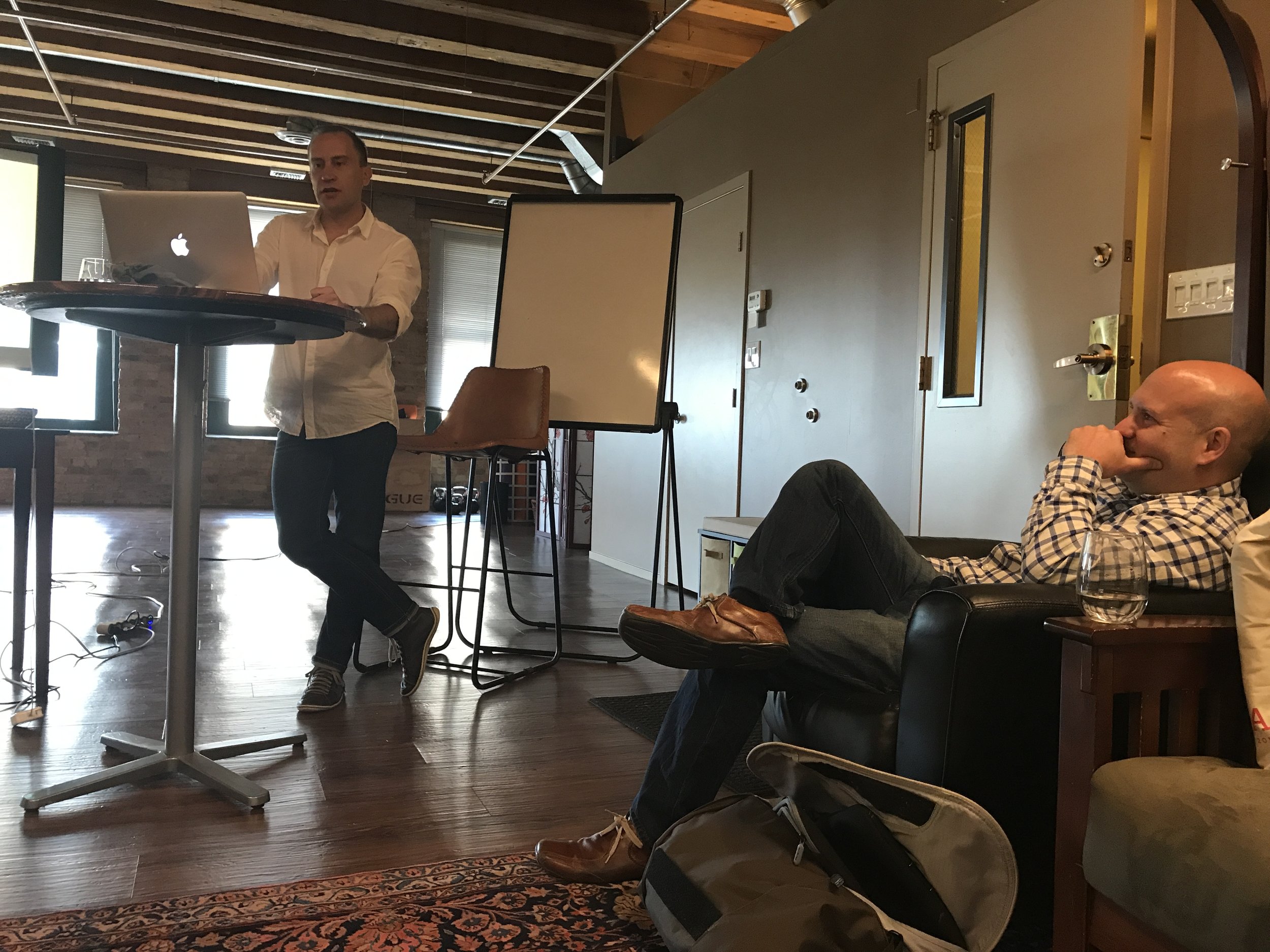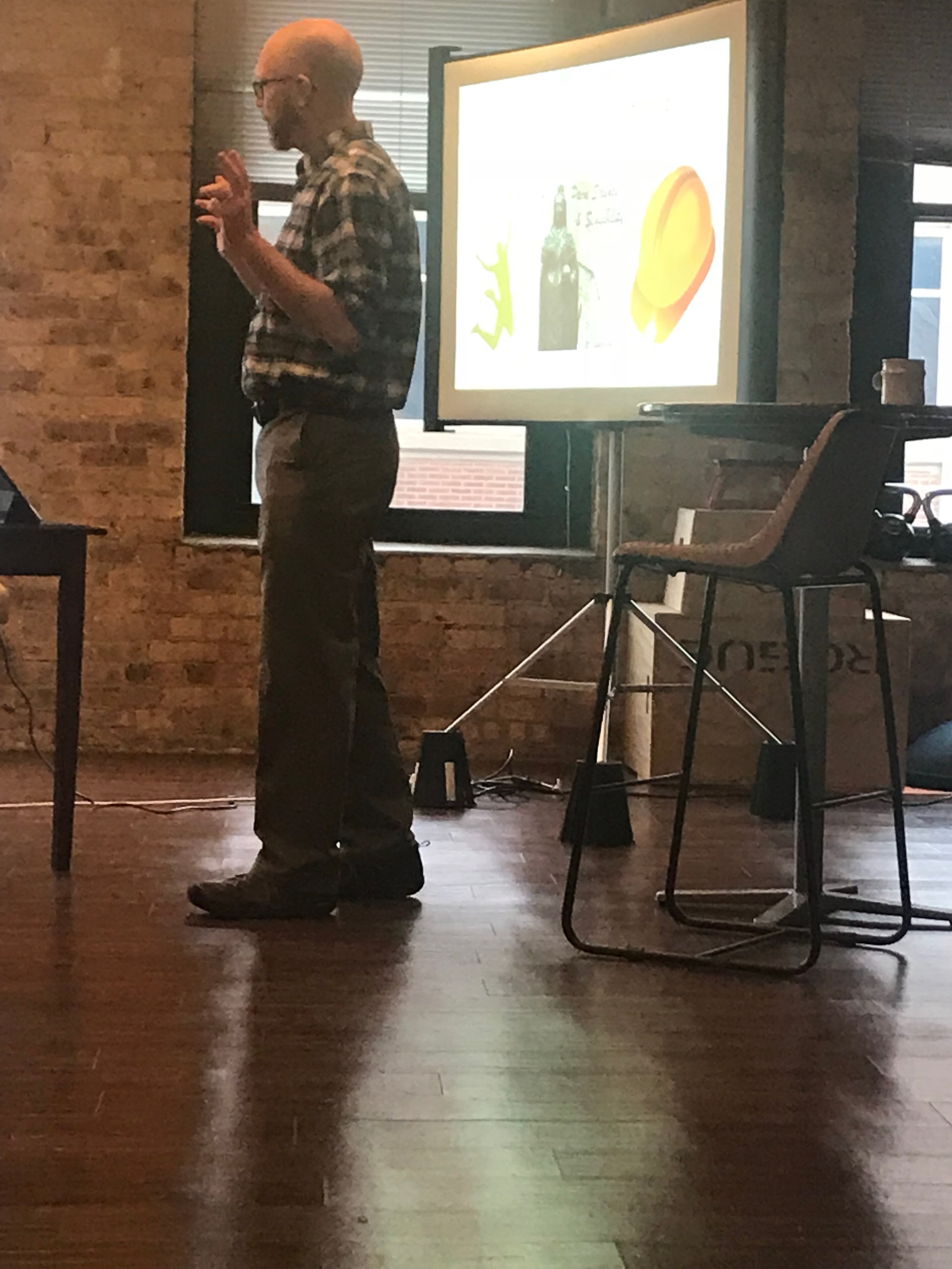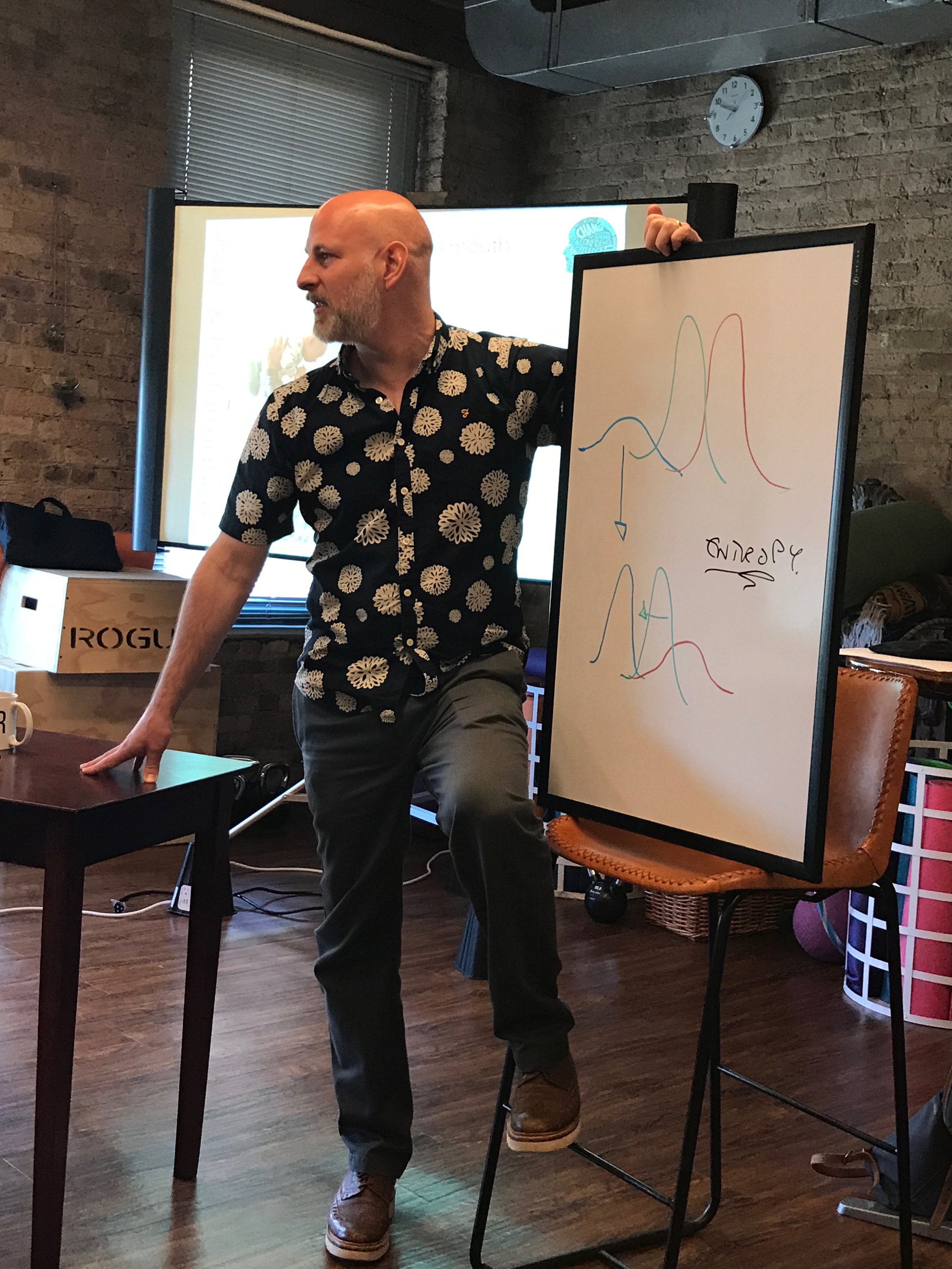Cognitive Behavioural Therapy and Acceptance and Commitment Therapy (ACT)
Alison Sim
· What are they and how do they differ?
· What does the evidence tell us about their efficacy in the field of pain ?
· Why should manual therapists be looking towards these approaches to improve their communication skills when dealing with patients?
· What are some of the ways that we can start to implement some of these approaches (some practical demonstrations and workshop activities)
· How do we deal with scope of practice and why is this important?
· What are some resources that we can look to at to further our skills in this area?
Motivational Interviewing and behaviour change
Bronnie Lennox Thompson
· Motivational Interviewing
· What is resistance and motivation and how can you recognise it?
· What happens when you meet force with force (persuasion, try to convince, argue with)?
· Why might manual therapists want to understand motivational interviewing?
· What are some of the simple strategies manual therapists can implement to help people begin to do things they may not be confident to do? (practical strategies)
· What creates a sense of collaboration when giving pain education? (practical strategies) How can motivational approaches fit within a manual therapists’ scope of practice?
· What resources can we use to further develop skills in using language to promote behaviour change
Objectives
· To review the basic principles of both ACT and CBT as used by psychologists in the treatment of pain conditions
· To understand the efficacy of these approaches when used in the pain setting with reference to the current literature
· To look at techniques designed to improve communication for clinicians with reference to the underlying principles of CBT and ACT
· To review our understanding of scope of practice and how it relates to the use of these communication approaches in the clinic
· To review the principles of motivational interviewing
· To look at techniques that use these underpinning principles to improve communication in the clinic
Format
· Both lecturers will provide lecture material that includes an overview of the modalities presented, a literature review of the modalities and structured teaching about elements of the modality that are relevant to the clinicians
· Workshop activities designed to allow clinicians to practice implementing communications techniques
· Time for discussion and case studies will follow practical demonstrations
This course has been approved for 7 CE hours by the Illinois Physical Therapy Association - Approval 647-6553
This course content is not intended for use by participants outside the scope of their license or regulation





